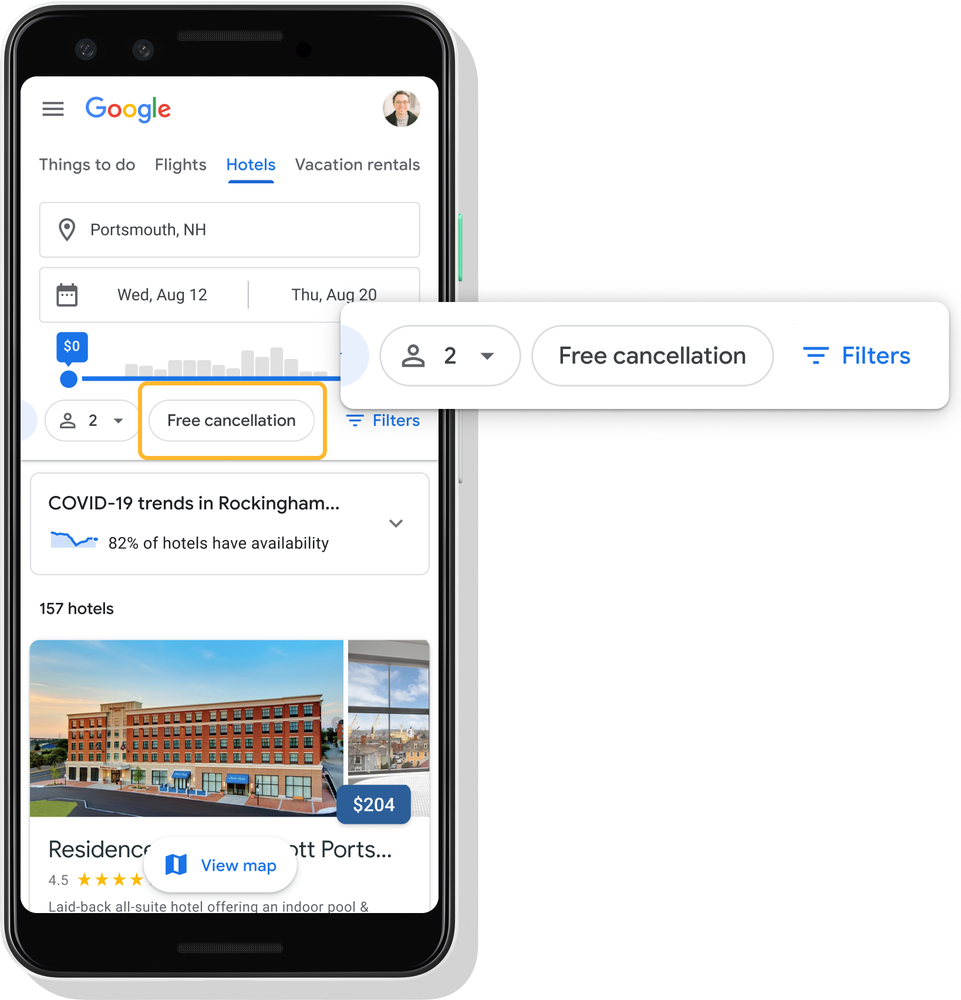So, the recent Reuters report detailing Apple’s plans to start the passenger of its passenger car by 2024 has sent shockwaves throughout the industry. Such was the excitement that Apple’s stock reached a new high after the report broke. As per the report, Apple’s plan center around a new battery design that is more space-efficient and is also radically, while also boosting the vehicle range on a single charge. If an Apple-branded electric car becomes a reality, its biggest rival will be Tesla (duh). But it appears that Elon Musk wanted to sell Tesla to Apple, but Tim Cook refused to participate in the meeting where an acquisition deal could be discussed. Or so claims Elon Musk!
During the darkest days of the Model 3 program, I reached out to Tim Cook to discuss the possibility of Apple acquiring Tesla (for 1/10 of our current value). He refused to take the meeting.
— Elon Musk (@elonmusk) December 22, 2020
Just imagine Apple owning Tesla
“During the darkest days of the Model 3 program, I reached out to Tim Cook to discuss the possibility of Apple acquiring Tesla (for 1/10 of our current value). He refused to take the meeting,” Musk tweeted. The Tesla chief is referring to the stressful spell that started in 2017 and lasted well into the next year where the company was going through a serious cash crunch. Tesla also reported a net loss of $2.24 billion in 2017 and also its biggest quarterly loss ever amounting to $771 million. The Model 3 quality issues were under intense scrutiny, with one Bloomberg report even claiming that Tesla was burning through half a million dollars every hour.
At that rate, Tesla was expected to tap out by the month of August in 2018 after running out of cash. Exacerbated by investor worries, many called it a catastrophe from a return-on-investment-capital perspective. And above all that was the well-documented production hell, reports of bad working conditions and layoffs to cut costs. Putting all that in perspective, it is astonishing that Tesla is now the world’s most valuable automobile company, its shares are at an all-time high, and owner Elon Musk is now the second richest person in the world.
The 'What If' scenario here is wild!
Tesla’s 2017 woes aside, it is hard to imagine the ‘what if’ scenario here. What if Apple acquired Tesla? What if Apple could leverage all of Tesla’s technology and the eccentric leadership of Elon Musk to augment the in-house self-driving technology and used it all to accelerate its own passenger vehicle ambitions codenamed Project Titan? Irrespective of what the future would’ve been, Tesla is apparently in a far better state right now – possibly better than what Apple would’ve done with it – and Elon Musk is much richer now as the CEO of Tesla rather than becoming the head of Apple’s newly acquired car division in a ‘what if’ reality.
Or maybe, this tweet is just another one of Elon Musk’s wild social media antics? We’ll let you be the judge of it all!
The post Tim Cook refused a meeting to discuss Apple’s acquisition of Tesla, claims Elon Musk appeared first on Pocketnow.


